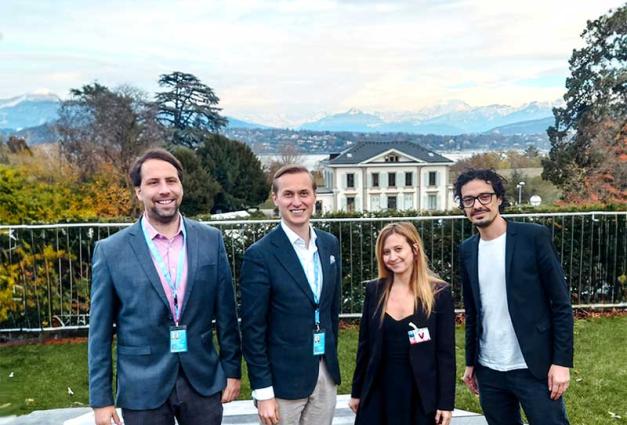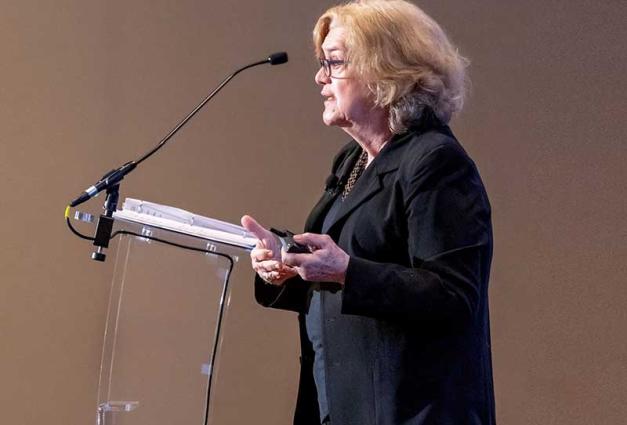The interdisciplinary field of Social Neuroscience seeks to understand the biological mechanisms that influence behavior and social processes. While many SPSP members have an interest in this field, we turn the spotlight this month on two early career members—Molly Crockett, assistant professor of psychology at Yale University, and Jon Freeman, associate professor of psychology and neural science at New York University. They each shared a bit about what led them to social neuroscience, their current research, and what overarching issues they aim to address.
Molly Crockett began to delve into social cognitive neuroscience quite early, partly due to an encounter with one of the field’s pioneers, Professor Matt Lieberman. She began researching in Lieberman’s lab during her freshman year at UCLA and, as she puts it, “[n]ever looked back!”
“The idea that you could use brain imaging to study complex social phenomena like prejudice, morality and ostracism totally blew my mind,” says Molly.
Currently, Dr. Crockett’s research is focused on “studying the cognitive building blocks of human morality.” Her Crockett Lab aims to understand French mathematician Blaise Pascal’s paradoxical claim that humans are both the “glory and scum of the universe.” In order to do this, however, perspectives from different fields, including social psychology, behavioral economics, and computational neuroscience, must be considered.
Since the perspectives involved in her research are extremely diverse, the tools Molly uses to answer her questions must be diverse as well. She utilizes functional brain imaging, behavioral experiments, and field studies in order to investigate the social mind. Her research will benefit individuals coping with mental illness as she works to devise precise computational tools for diagnosing and tracking the development of social impairments seen in these conditions.
While Dr. Crockett’s introduction to social neuroscience occurred at the undergraduate level, Jon Freeman studied social psychology as an undergrad, focusing his efforts instead on understanding the formation of first impressions. Jon’s attraction to the interdisciplinary nature of social neuroscience developed later during his years as a grad student.
Dr. Freeman’s current research focuses on understanding how the things each individual brings to the table, such as attitudes and stereotypes, affect our split-second visual perceptions of other people. He also examines the effect of prior knowledge on the interpretation of certain aspects of a person. To do this, Jon utilizes a myriad of tools, including brain imaging and a software package he developed called MouseTracker.
One of the core issues his research addresses is the understanding of how brain regions compute information. “Not much is known about the representational structure of brain regions,” says Freeman, but his research will allow the scientific community to pinpoint which regions of the brain perform certain tasks that ultimately code social perceptions.




